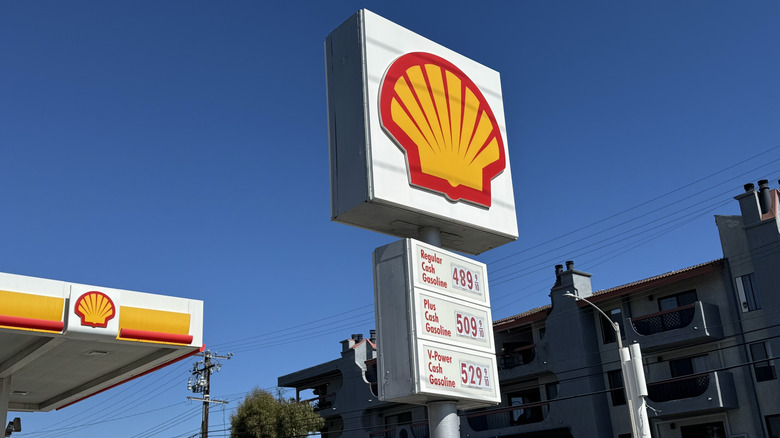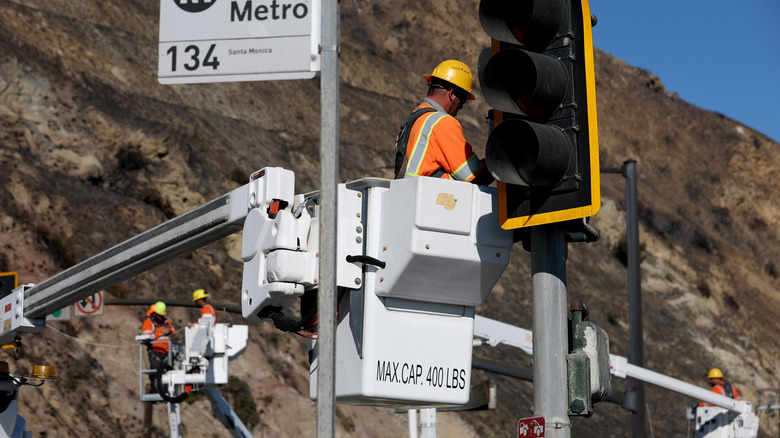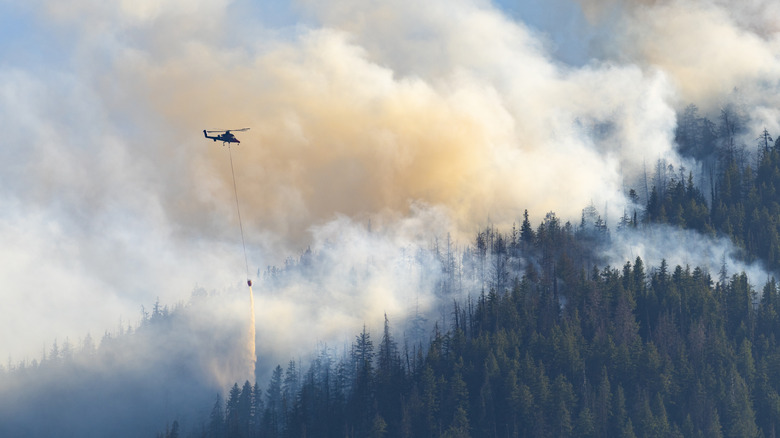There has been a lot of misinformation (aka uninformed lies) floating around lately, and one that I’ve been asked about a lot is California’s gas tax increase that went into effect on July 1. Critics and headlines have misled audiences, claiming that gas prices would increase by $0.60 per gallon, but that’s not true. As of July 1, the excise tax rate per gallon of gas went up from 59.6 cents per gallon to 61.2 cents per gallon, an increase of just 1.6 cents. This combined with strengthening emissions regulations are likely to increase the price of a gallon of gas in California by a more palatable 5 to 8 cents, which is still about 20 cents cheaper than a gallon was at this time last year, according to AAA. The average California household is expected to pay about $16 more each year as a direct result of these changes, says Fox LA.
In addition to the new gas tax, changes to the state’s Low Carbon Fuel Standard (LFCS) also went into effect today. This program, originally established in 2007 by then-Republican Governor Arnold Schwarzenegger, aims to ratchet up requirements for cleaner fuels and broaden a $2 billion carbon credit market aimed at cutting emissions from cars, trucks, and freight. It is not a tax, but it does set a declining target for the carbon in transportation fuels used in the state. Producers that don’t meet the newly strengthened benchmarks must buy credits from those that do.
The revenue funds roadway and quality-of-life improvements
The increased gas taxes are a result of SB 1, the Road Repair and Accountability Act of 2017. The taxes Californians pay on each gallon of fuel goes to fund state and locally owned road, freeway, and bridge repairs, as well as going toward transit and safety. The money goes to programs like the Solutions for Congested Corridors Program (SCCP), Trade Corridor Enhancement Program (TCEP), the State Highway Operation and Protection Program (SHOPP), and more. These programs have funded roadway improvements like adding HOV lanes and auxiliary lanes to highways, modified and reconstructed bridges, constructed sound walls, made new bus stops and improved existing ones, covered zero emission buses, traffic light synchronization and more.
The stricter carbon emission limits imposed today by the Low Carbon Fuel Standard (LCFS) regulation aim to improve the quality of life of Californians by continually reducing greenhouse gas emissions caused by transportation fuels used in California. By requiring over-polluting entities to spend money buying carbon credits when they exceed emission standards, the system has generated $4 billion in annual private sector investment toward a cleaner transportation sector.
Here’s why it’s important
It’s never fun to pay more money for the same product, but as a young Angeleno who plans to spend many decades in the Los Angeles area, I am grateful to know that the state is pushing for decreased greenhouse gas emissions, and is thus taking climate change seriously.
It’s no secret that the planet has rapidly become less friendly to human life over the past few years, with longer and more unrelenting droughts and fire seasons, more intense hurricanes than we have ever seen. The year 2024 marks the hottest average global temperature ever recorded since modern record-keeping began around 1880, and record high temperatures are being recorded across the continent as I am writing this.
It bears mentioning that the majority of greenhouse gas emissions in the United States come from the transportation sector according to EPA data, which includes all cars, trucks, ships, trains and airplanes. Amazon reported producing over 68 million metric tons of carbon dioxide last year, which is actually an improvement over the prior year for the industry giant. The average annual carbon footprint of an individual in the United States is estimated to be about 21 tons of carbon dioxide.




